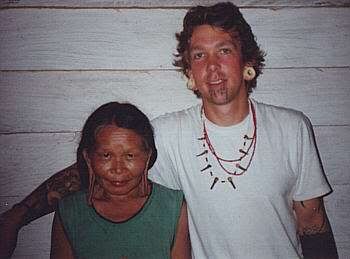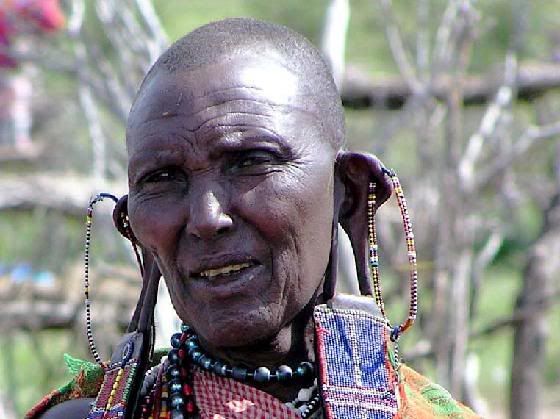- Joined
- May 17, 2005
- Messages
- 1,684
- Reaction score
- 29
Exposure to different (modern) paintings of the 18th century eastern Indians has taught me that there seemed to be quite a few ways to fashionably change one's ears (and lobes)to accommodate decorative ideas. Question: Were the various ear "changes" a tribal signature of sorts or an individual's choice? Also, If it weren't for Griffith, Wright and other modern painters I would never have known about this penchant. Has anyone ever come across original documentation illustrating, by pictures or words,this practive?









